The Medieval Treasures of the Kunsthistorisches Museum, Vienna

The Kunsthistorisches Museum in Vienna is one of Europe’s great art museums. With its origins in the personal collections of the Hapsburgs, it has extensive collections of French, Spanish, Italian, German, and Dutch art. There are also large galleries dedicated to Classical and Ancient Egyptian art. Of the most interest to Black Gate readers is the medieval collection, which is the best I’ve seen in ten years of exploring Europe’s artistic treasures.
The emphasis here is on luxury items that once graced the homes of nobility. Of especial interest are the numerous automatons, such as the 16th century cittern player above. There’s also a 16th century gold ship that rolls along a table and fires its cannon, a 17th century moving chariot that doubles as a clock, and a 17th century gilded Diana and centaur that wheel around in circles while moving their heads and eyes. These rare items were the wonders of their time and acted both as forms of conspicuous consumption and a way to celebrate the latest in technology.
Remarkably, most of them are still in working order and while they aren’t wound up every day, interactive tablets in the galleries allow you to see videos of them in action. You can also find these videos on the museum’s YouTube channel.
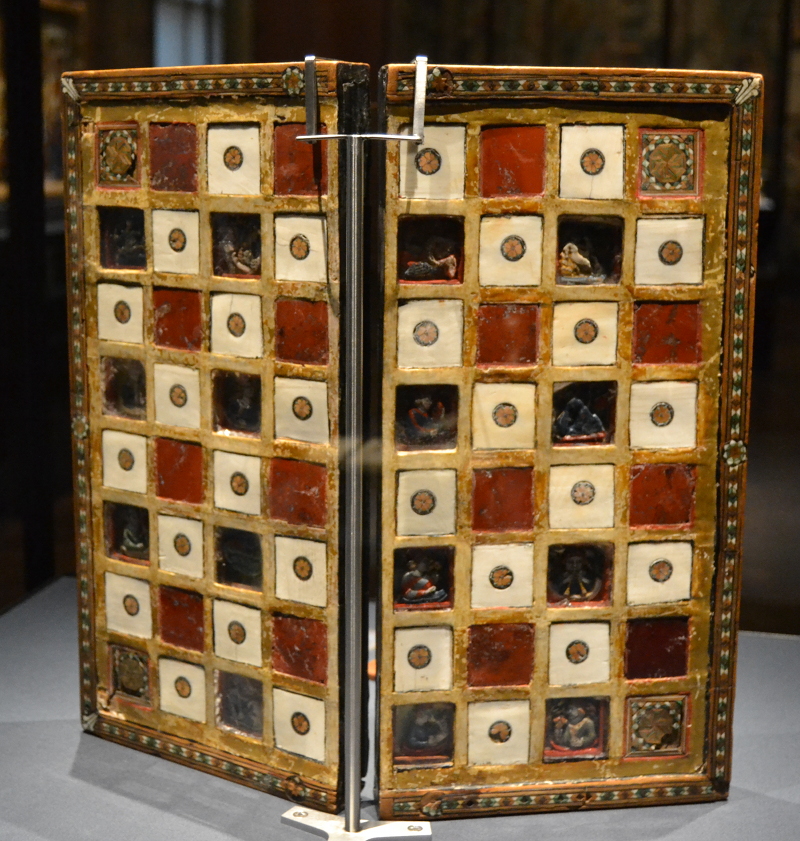
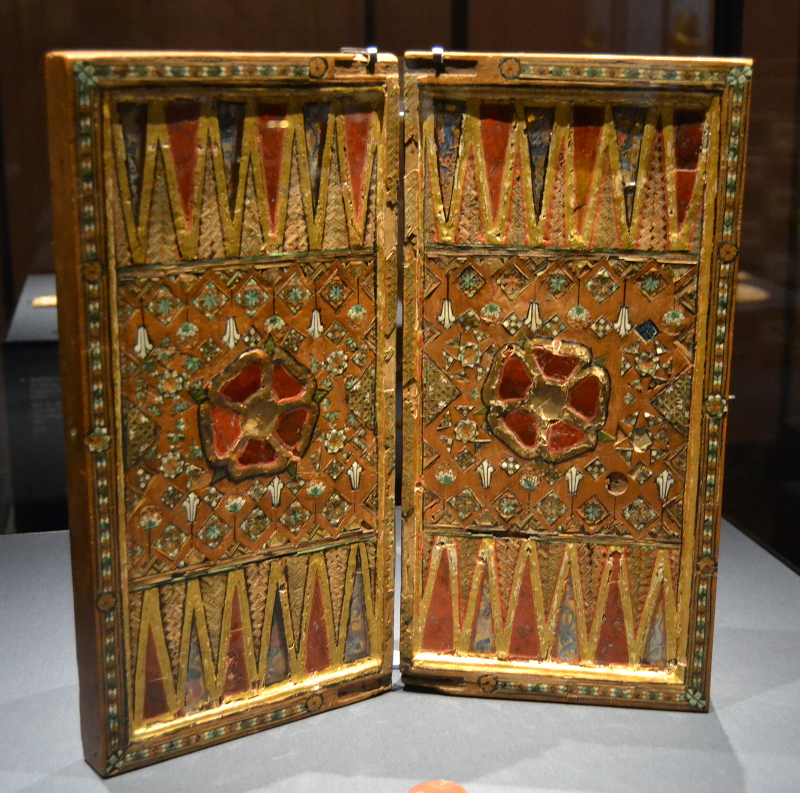
Besides these technological wonders, they are hundreds of luxury items of gold, silver, ivory, and gemstones. I was surprised at how secular most of the pieces are, with more scenes from Classical mythology than the Bible, and plenty of pieces that made no reference to myth or religion at all. Many of these works date to the Age of Discovery, when Europe was looking out into the world. This new perspective can be seen in finely carved coconuts chased in silver and turned into goblets, and little golden monkeys cavorting around some of the automatons. You can also see some Chinese influence in the styles of the two pieces below.
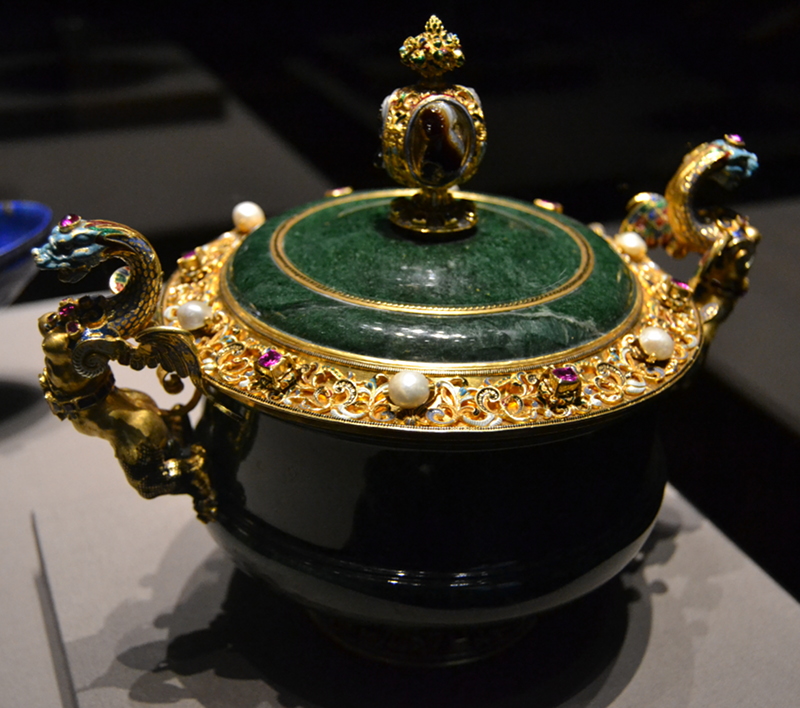
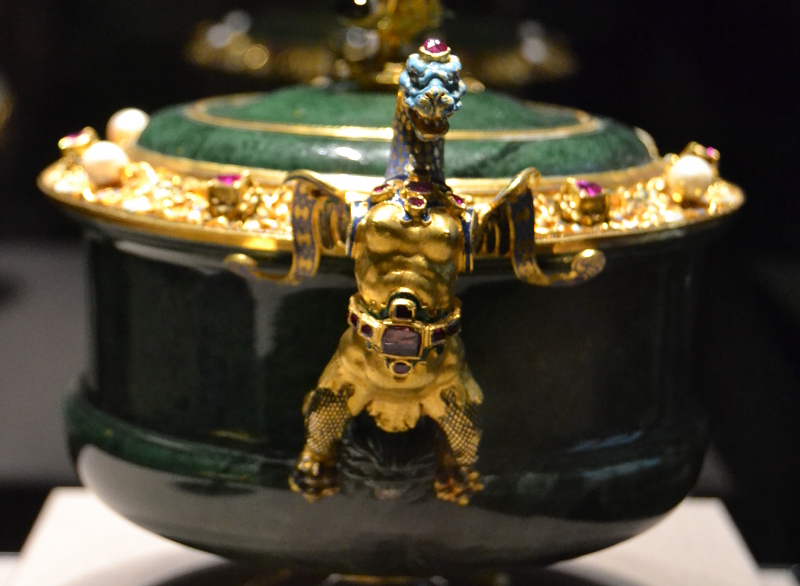
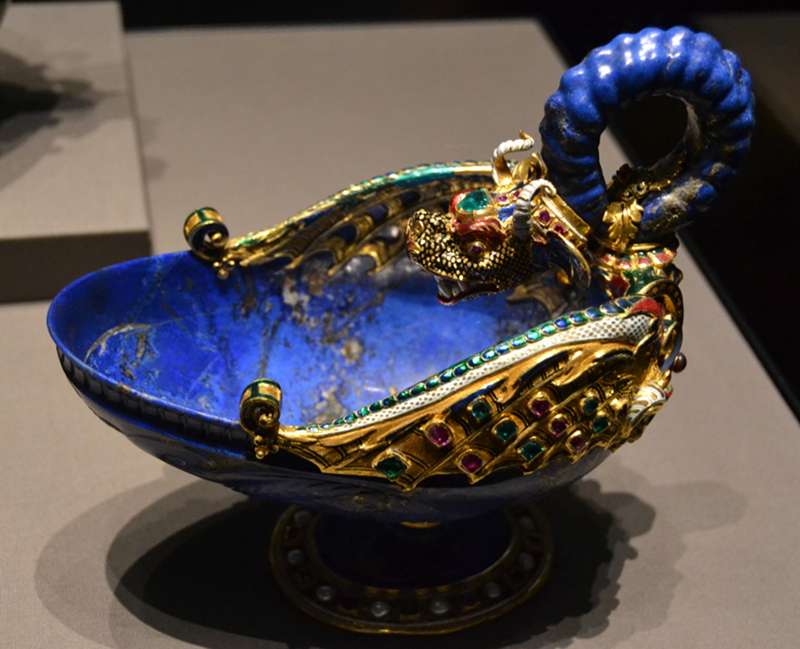
The museum is set in a palatial building commissioned by the Emperor Franz Joseph and built between 1872 and 1891. The marble interior is highlighted in gold leaf and stucco figures and is a work of art in of itself. In a city with no shortage of fine buildings, the art museum is one of the finest.
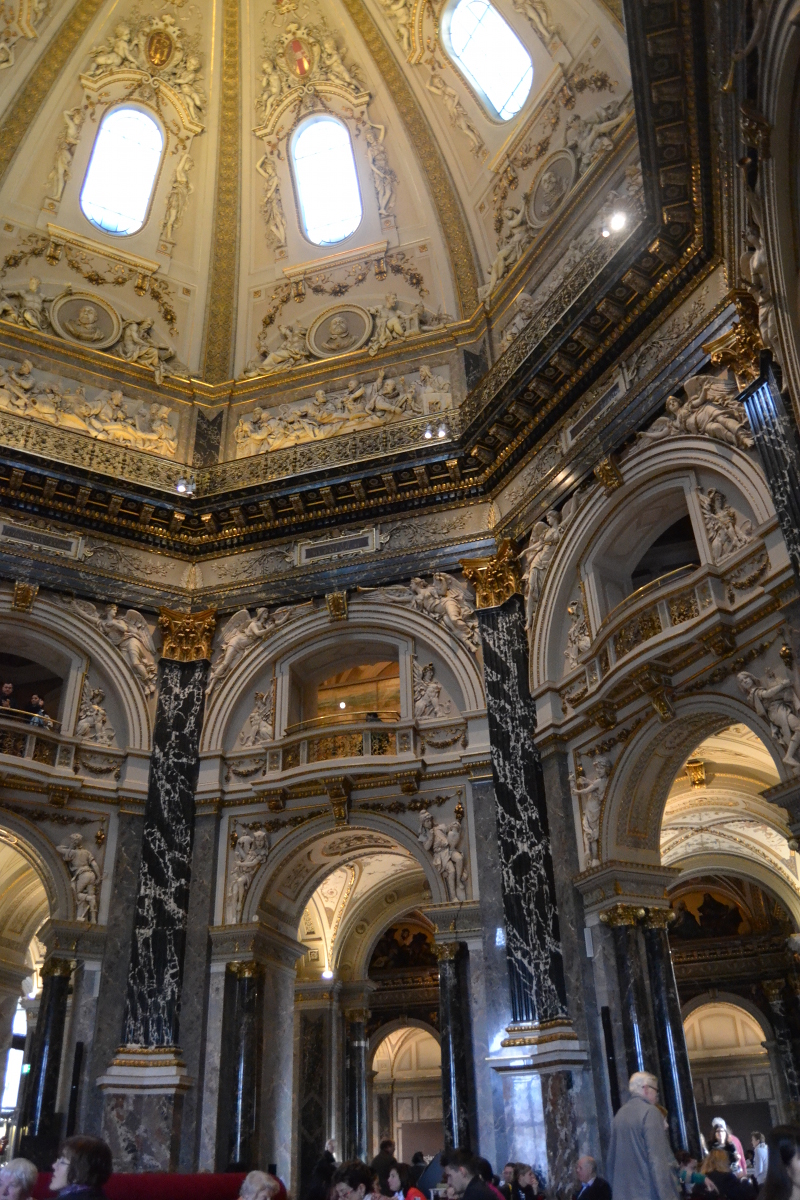
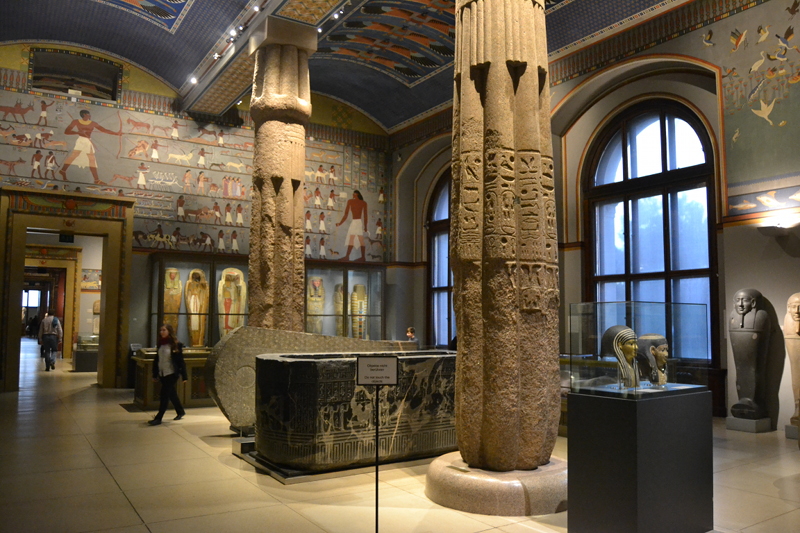
For more on medieval sights in Vienna, check out my earlier post on the Church and Treasury of the Teutonic Order.
A portion of this trip was supported by Wien Tourismus. All opinions are my own. All photos copyright Sean McLachlan.
Sean McLachlan is a freelance travel and history writer. He is also the author of the historical fantasy novel A Fine Likeness, set in Civil War Missouri. His historical fantasy novella The Quintessence of Absence, was published by Black Gate. Find out more about him on his blog and Amazon author’s page.
OK, adding Vienna to “places I need to visit” list.